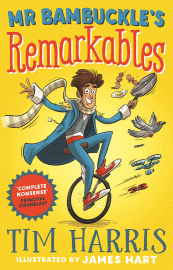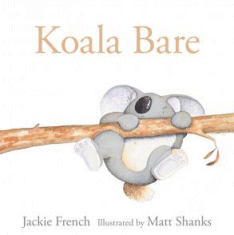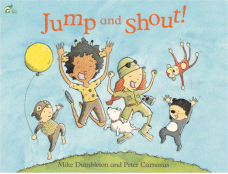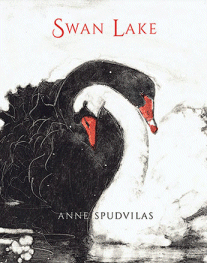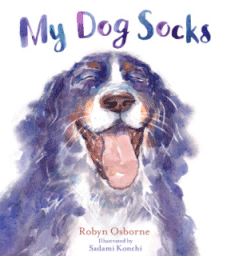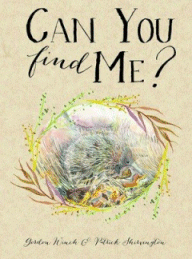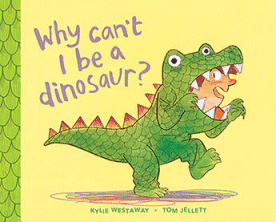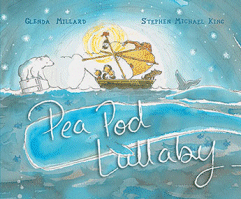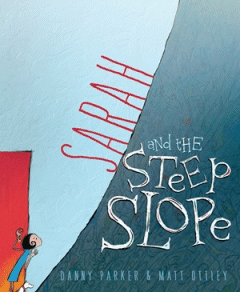
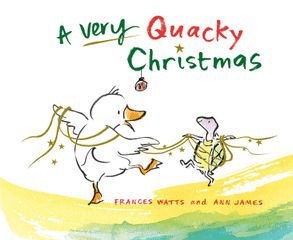
A Very Quacky Christmas
A Very Quacky Christmas
Frances Watts
Ann James
ABC Books, 2017
32pp., hbk., RRP $A24.99
9780733329623
Sebastian Tortoise is bamboozled by Samantha Duck’s Christmas preparations. As she winds tinsel around the reeds, hangs baubles and her Christmas stocking on a branch, and sings “We wish you a quacky Christmas” while making a long list so she can give presents to all the animals in the world, he keeps telling her that Christmas is not for animals. But she convinces him to help her by pointing out that Christmas is about giving and sharing and that they can make all the gift themselves by getting the other animals on the farm to help.
To his surprise, the animals love the idea and each helps in their own way keeping Samantha and Sebastian very busy. But having made all the presents, delivering them on Christmas Eve becomes problematic – perhaps Christmas is not for animals after all.
This is a gentle story for younger children that celebrates the joy of sharing and giving, belief and perseverance and offers another perspective of the meaning of Christmas for little ones. Is Christmas just about receiving presents? Do presents have to be store-bought, big, bright and shiny to be worthwhile? What could they make by themselves or with a sibling or friend to give to others? Perhaps children could draw a name out of a hat and make just one present for that child as part of the STEM curriculum so each gets something and the pressure put on parents to provide presents for everyone that is becoming a common expectation can be abolished.
Even though Sebastian was so sceptical he agreed to help Samantha and he is the one encouraged to keep trying when all seems lost so explore the concept of friendship and how teamwork can often achieve the impossible.
Unlike many books with a Christmas theme, this one is as rich in ideas to explore as Santa’s sack while still maintaining the charm and the delight of the season.
Teachers notes are available but for me, the story stands alone as a must-have addition to that special time of the Christmas Countdown at bedtime.
